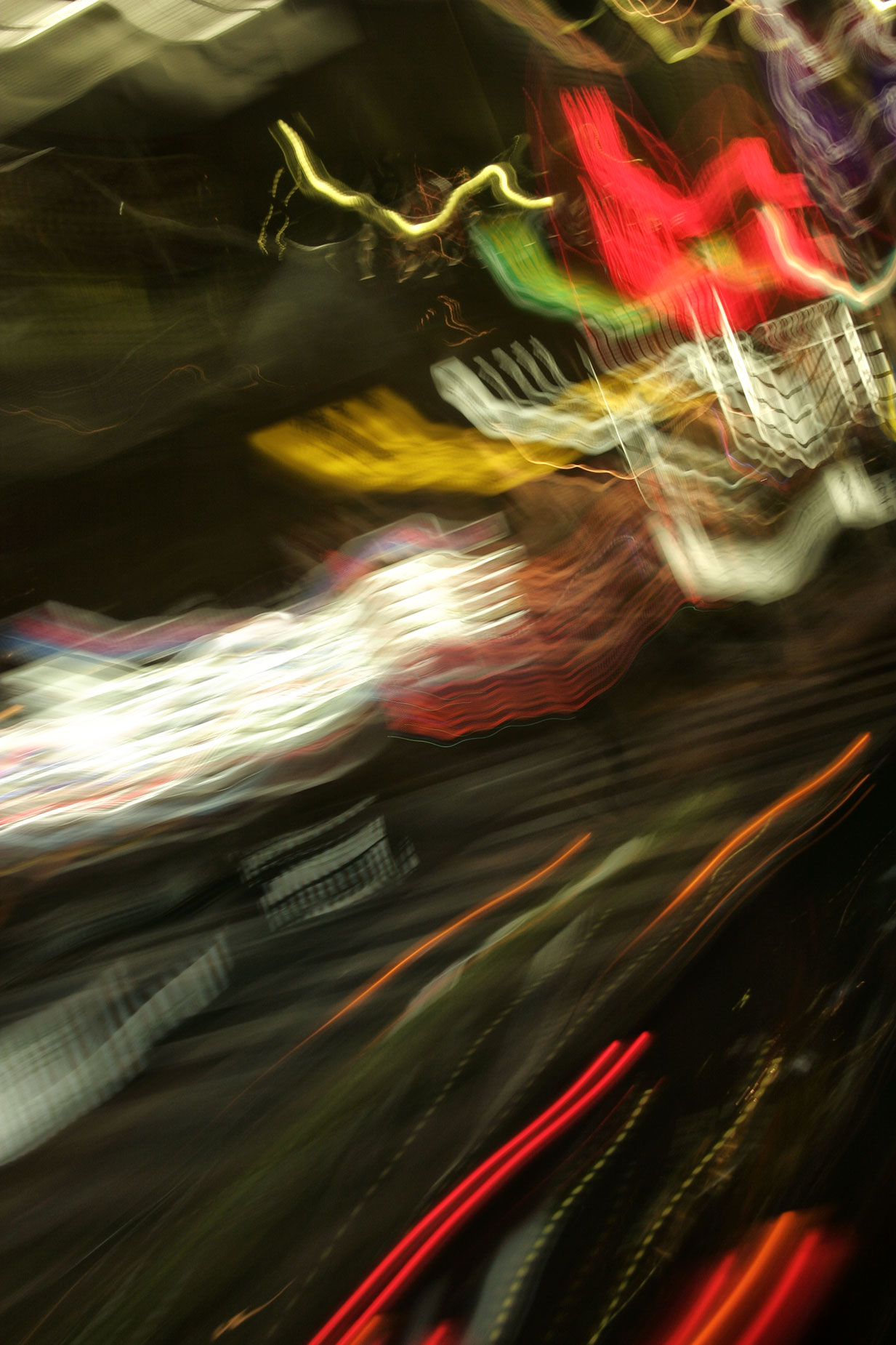Today’s Post by Joe Farace
There’s only one way to start a winning streak. That’s winning the first one.—Juan Soto
If you read my post Business Sunday: Even More About Freebies and wondered “How did he make that shot? Well. today I;m going to tell you how I did it.
Is It a Cliché?
 A cliché is a phrase, trope or even a style of image making that’s used over and over to the point of ad nauseam. Another Internet-sourced definition of a cliche is that it’s “an overused phrase or opinion that betrays a lack of original thought.” Wow, that’s harsh.
A cliché is a phrase, trope or even a style of image making that’s used over and over to the point of ad nauseam. Another Internet-sourced definition of a cliche is that it’s “an overused phrase or opinion that betrays a lack of original thought.” Wow, that’s harsh.
The truth is that photography is full of cliches and I’m as guilty as the next person about shooting them. Sometimes when we’re making photographs we don’t even realize the images we’re capturing are cliches. What the heck, sometimes it can be fun so I don’t let it bother me and if I want to shoot one I will, such as…
Back in the (original) film days when zoom lenses were becoming affordable and popular, one of the biggest cliches was “zoom during exposure.” Like a lot of photographers I made this kind of shot from time to time to show off my zoom lens to my friends. displaying to all the world what a clever person I was. But Photoshop’s Radial Blur tool—be sure to check Zoom under Blur Methods—makes that cliche much easier to do. I even show step-by-step how to create this effect over on my car photography blog. If you want to give this technique a try, be sure to check out JoeFaraceShootsCars.com
After that moldy oldie, the next oldest photographic cliche is to shoot your camera at slow shutter speeds while hanging out the window of a moving vehicle at night and not being picky about holding the camera steady. When shooting at night, you can do this technique in-camera using various approaches: Here’s how I made the featured image:
 Select the camera’s Bulb Function or pick a really slow shutter speed in Tv mode.
Select the camera’s Bulb Function or pick a really slow shutter speed in Tv mode.- I typically use the camera’s lowest ISO setting and make an exposure.
- Then I evaluate the results I get on the LCD—something not easily done in the film days while waiting for slides and prints to come back from the lab.
- Don;t like the results? Try again using a different shutter seed or aperture.
How I made this shot: The featured image was part of a series of images that I shot for this blog and for fun called, Things to Do in Tokyo When You’re Wet. If you find yourself out and about on a rainy night you might want to give it a try. Here’s my favorite out of all the hit and miss images that I made on that particular rainy night in Tokyo. The camera used was an EOS Digital Rebel with an EF 18-55mm f/3.5-5.6 kit lens and a Shutter Priority exposure of one sec at f/8 and ISO 100.
